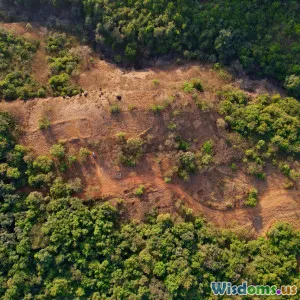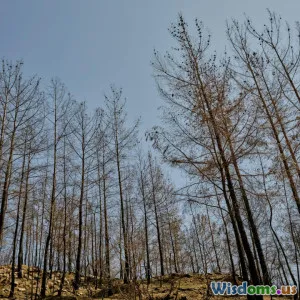
Can Tech Solutions Reverse Decades of Forest Loss
14 min read Explore if innovative tech can undo years of global forest loss and promote effective restoration. (0 Reviews)
Can Tech Solutions Reverse Decades of Forest Loss?
A century ago, half of the world was cloaked with forests. Today, relentless expansion for farming, mining, and urban development has cost us much of this green heritage. As deforestation accelerates—up to 10 million hectares of forest lost each year, according to the United Nations’ Food and Agriculture Organization—the question is urgent: Can technology not just slow but reverse decades of forest destruction?
The modern tech ecosystem is turning its attention to global reforestation, merging artificial intelligence, satellites, biotech, drones, and data analytics into a potent arsenal. Let's examine how these tools, insights, and examples might just help restore Earth's forests.
Forest Monitoring from Space: The Eyes in the Sky
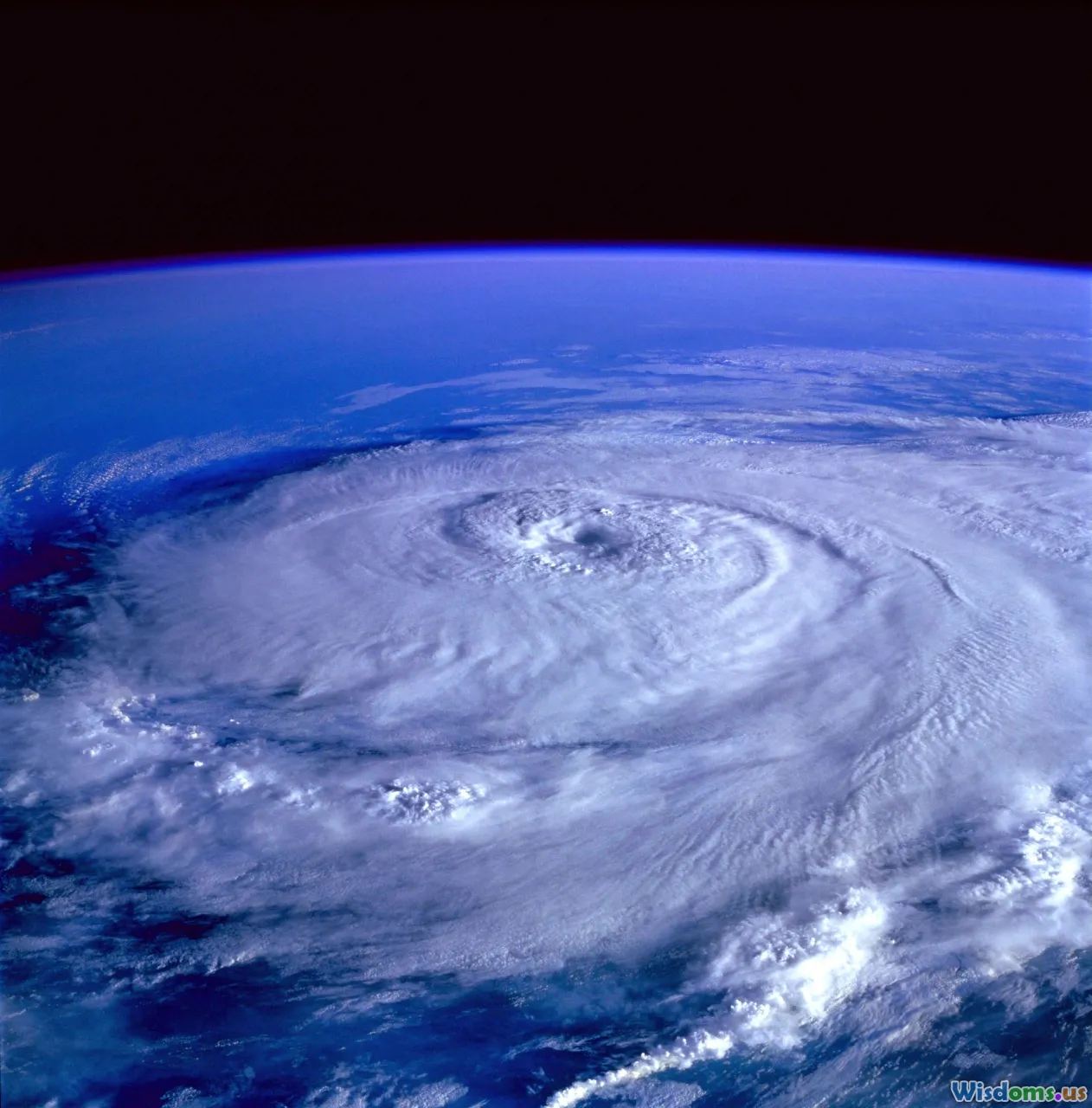
Decades ago, detecting illegal logging or forest fires depended on costly patrols in remote, dangerous terrain. Satellite technology has changed everything. Modern earth observation satellites, such as those operated by NASA and the European Space Agency (ESA), provide near real-time imagery of the planet’s surface. Google partnered with Global Forest Watch to create a public platform, harnessing satellite data to monitor deforestation as it happens.
For example, in the Amazon, real-time alerts inform local authorities and indigenous groups when forests are under threat, leading to rapid on-the-ground response. This proactive approach provides transparency and makes forest watch-dogs out of everyone, from NGOs to citizens.
Concrete Impact Example:
- After Indonesia used satellite monitoring to flag illegal tree clearing in 2017, enforcement actions increased and the rate of deforestation declined for the first time in a decade (World Resources Institute, 2018).
Drones: Aerial Helpers in Reforestation

Drones are no longer a novelty for hobbyists; they’re revolutionizing reforestation. Companies like BioCarbon Engineering (recently rebranded as Dendra Systems) have developed drone fleets equipped for precision reforestation. Capable of planting up to 100,000 seed pods per day, these aerial robots navigate rugged terrain inaccessible to humans. The approach combines mapping (using drones to survey and prepare reforestation plans) and planting (firing biodegradable pods filled with germinated seeds and nutrients into the ground).
Why Drones Make a Difference
- Speed and Scale: Drone fleets can outpace manual planting by orders of magnitude, accelerating reforestation in degraded landscapes.
- Efficiency: Algorithms select optimal locations for each seed type, enhancing survival rates and ecosystem restoration.
On-the-Ground Example:
- In Myanmar, Dendra Systems’ drone program restored over 365 hectares, planting more than 6 million trees by 2021—double the rate possible with human labor alone.
AI-Powered Forest Management: Predict, Prevent, Preserve
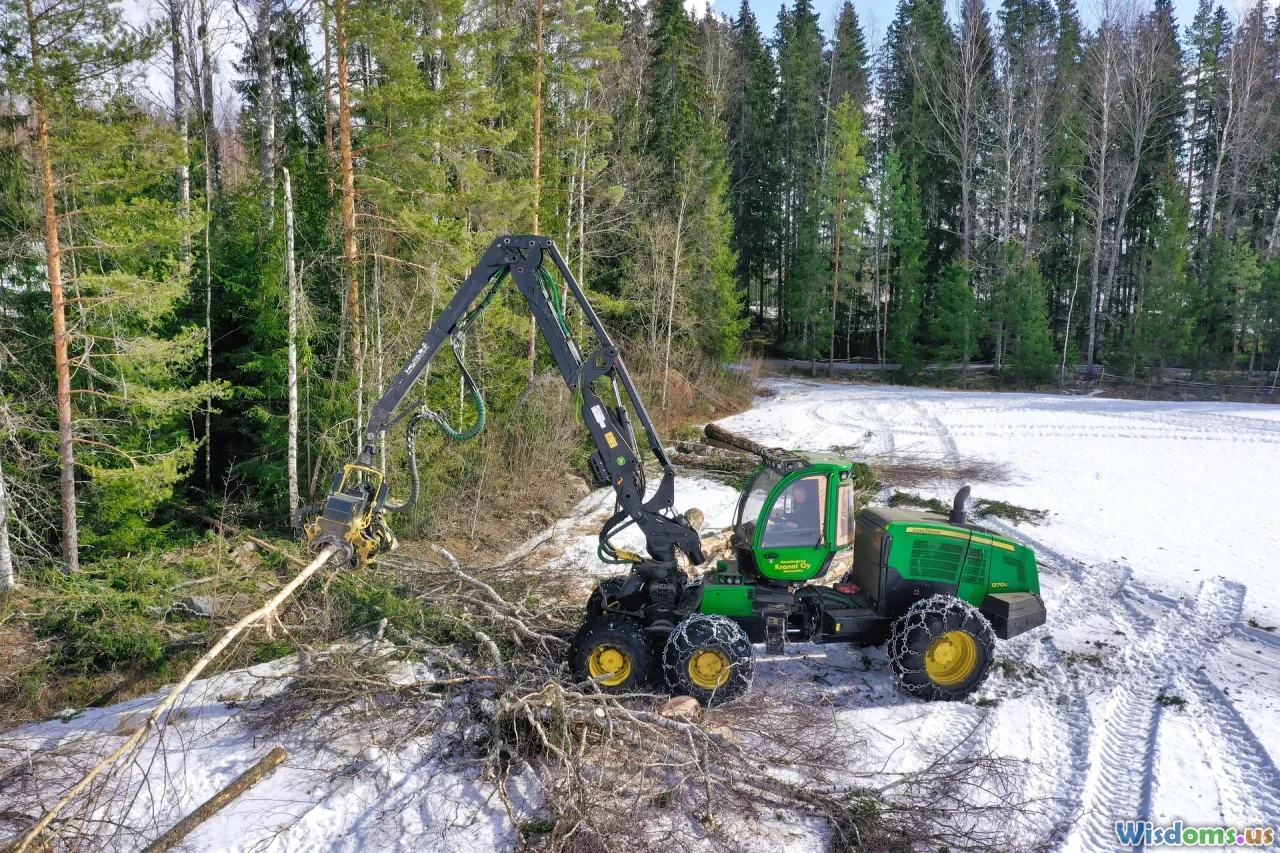
Artificial Intelligence is cornerstone technology in modern forestry. By analyzing large data sets from sensors, drones, field reports, and weather satellites, AI can spot patterns invisible to the naked eye.
Notably, AI-powered models predict wildfire risks by correlating humidity, temperature, wind, fuel moisture, and historical patterns. Countries like Australia and the United States now deploy such models to inform fire-prevention strategies and evacuation planning.
Furthermore, smart AI platforms can:
- Detect illegal logging and forest degradation.
- Optimize the mix and placement of seedlings for resilience to climate stressors.
- Estimate carbon sequestration, supporting global climate commitments.
Case Study:
- IBM's PAIRS Geoscope platform integrates AI and satellite imagery to help companies monitor deforestation across supply chains. Unilever utilizes this data to ensure their palm oil is not linked to newly destroyed forests, creating accountability across global markets.
Biotech Breakthroughs: Designer Trees and Fast-Track Growth

Advanced biotechnology may be the most controversial, yet potentially game-changing, domain. Biotech firms are developing genetically engineered trees designed to mature rapidly, resist diseases, and sequester more carbon.
Notable Innovations Include:
- Gene-Edited Poplars: San Francisco’s Living Carbon introduced trees with altered metabolism, enabling them to grow up to 50% faster and absorb significantly more carbon dioxide.
- Blight-Resistant Chestnuts: After the American chestnut was almost wiped out by fungal blight, researchers used CRISPR gene-editing to reintroduce disease resistance, offering hope for restoration.
Caution and Consideration
While promising, biotech reforestation requires rigorous ecological assessment. Introducing genetically homogenous trees could impact biodiversity or introduce new problems. Most scientific panels recommend pilot studies with careful long-term tracking.
Big Data and Citizen Science: Harnessing Collective Intelligence

The scale and pace of reforestation require more than government mandates or corporate pledges—public participation is vital. Mobile apps and online platforms allow millions to map trees, record threats, and monitor regrowth.
- TreeMap in London lets citizens log public trees and alert authorities if damage is detected.
- iNaturalist empowers anyone with a smartphone to document flora in parks, helping scientists track biodiversity and climate impacts.
These ‘open source’ data pools feed into larger AI models, giving a multi-layered, real-time picture of our forests’ health while building a sense of communal responsibility.
Example of Scalable Impact
In India, the Green Tamil Nadu Mission uses volunteers armed with smartphones to geo-tag millions of newly-planted saplings, ensuring government reforestation pledges are verified and tracked.
Comparing Traditional vs Tech-Driven Reforestation
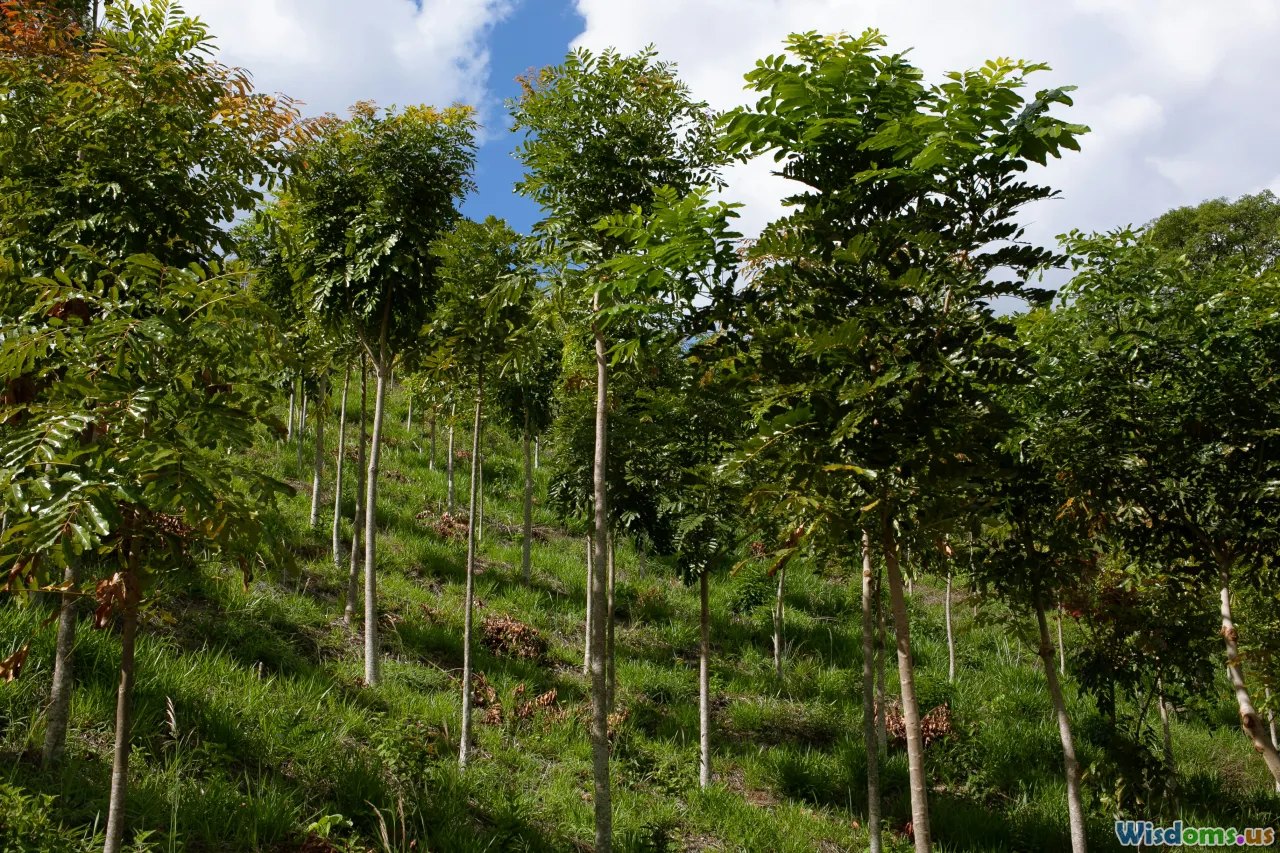
| Approach | Speed | Scale | Ecosystem Diversity | Monitoring |
|---|---|---|---|---|
| Manual Planting | Slow | Limited | High (customizable) | Difficult |
| Drone Planting | Fast | Vast landscapes | Moderate (depends) | Automated via AI |
| GM Trees | Variable | Potentially huge | Risk of monoculture | Needs oversight |
| Satellite Tracking | NA (monitor) | Global | Inclusive | Real-time |
Traditional reforestation offers high biodiversity when done with expertise but is costly and slow. Tech-driven methods supercharge scale and monitoring but require careful management to avoid ecological pitfalls.
Challenges and the Path Forward

Even with stunning tech advances, reforestation isn’t plug-and-play. Key challenges persist:
- Ecosystem Complexity: Forests are complex webs where insects, fungi, animals, water, and soil all interact. Planting trees alone won’t restore this interplay.
- Land Tenure and Rights: Technology can’t solve social conflicts over land use. Community buy-in is essential.
- Funding and Long-Term Care: Trees must be nurtured for years to establish. Tech accelerates planting but cannot replace stewardship.
- Climate Instability: Droughts, floods, and heatwaves mean restoration must plan for rapid adaptation, often using diverse, climate-resilient species.
Expert Advice for Future Projects
- Combine Technology & Traditional Wisdom: Local communities often hold know-how on species selection and site management; tech works best when paired with their input.
- Build in Monitoring: Real-time data from satellites and drones should inform adaptive management, not just record keeping.
- Prioritize Diversity: Planting monocultures, whether by drone or manually, can lead to fragile forests vulnerable to disease or pests.
- Engage Stakeholders: Scientists, policymakers, businesses, and citizens each play a role in safeguarding regrowth.
Success Stories: A Glimpse of Hope
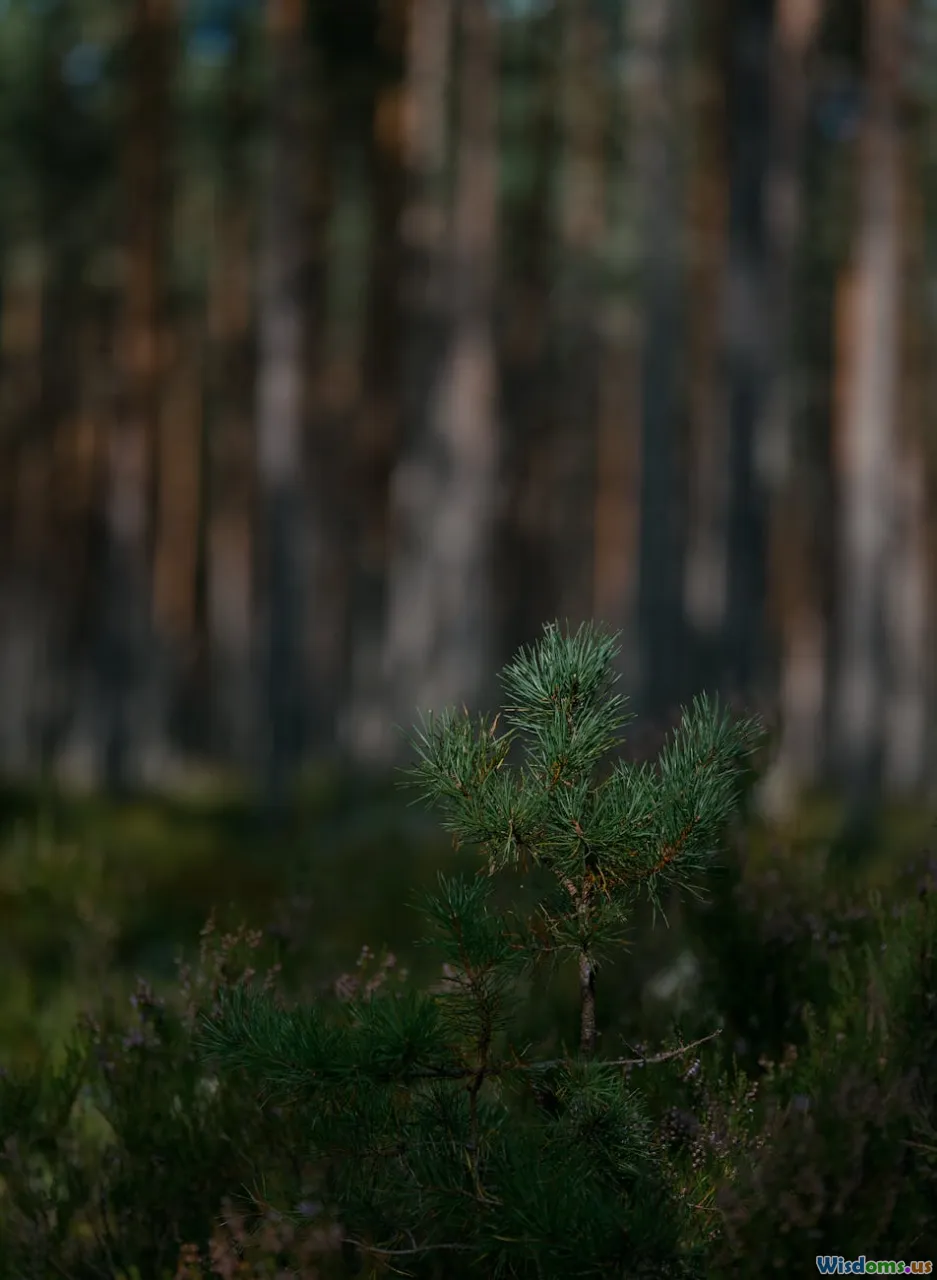
-
Costa Rica: Once facing 25% forest cover in the 1980s, a mix of stiff enforcement, payments for ecosystem services, and new monitoring technology helped restore cover to over 52% of land area today. The economy grew, biodiversity surged, and local communities prospered.
-
China's "Green Great Wall": The country's $100 billion afforestation program uses satellites and cloud computing to guide tree species and planting sites, resulting in over 79 million hectares replanted over three decades.
-
Rwanda: By combining local knowledge and drone-mapped planning, government and NGOs helped plant 43 million trees between 2020 and 2023, improving water security and habitats for endangered primates.
The Road Ahead: A Greener Possibility

Technology itself isn't a silver bullet—but as AI, satellite surveillance, drones, and biotech mature, they offer us the unprecedented power to track and heal ravaged lands. When married to robust policies, investment, and communities who know their forests best, these tools can help rewrite the story of our forests—potentially reversing some of the scars humans have carved on the natural world.
Restoring forests isn’t just about saving trees—it’s about securing clean air, a stable climate, safe water, and healthy biodiversity. The roots of progress run deep, but with technology and empathy, together we can grow ecosystems resilient enough for generations to come.
Rate the Post
User Reviews
Popular Posts










